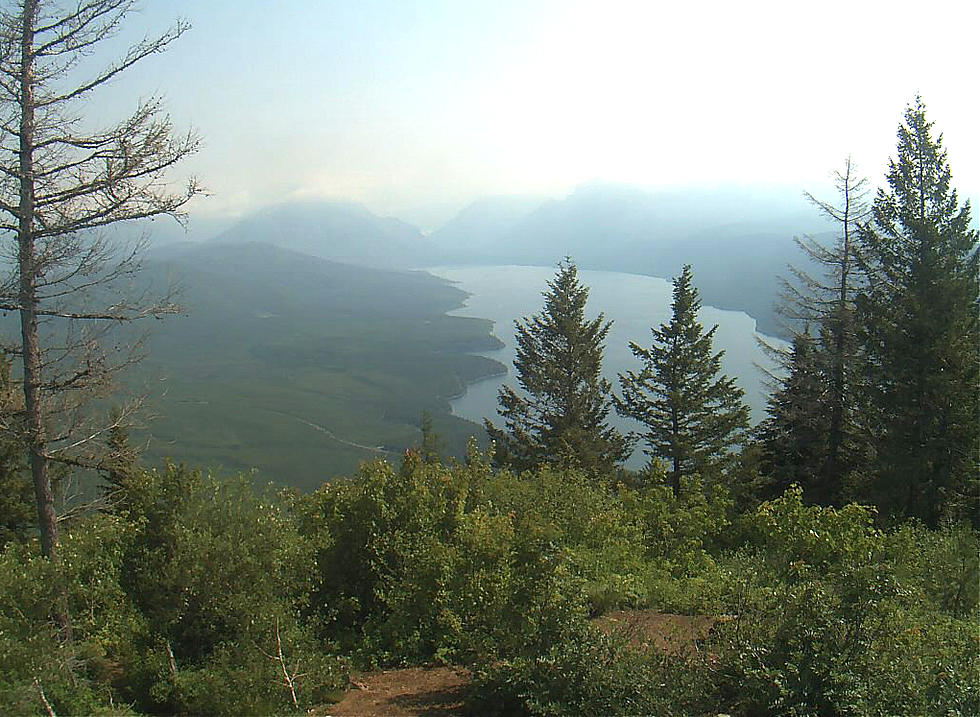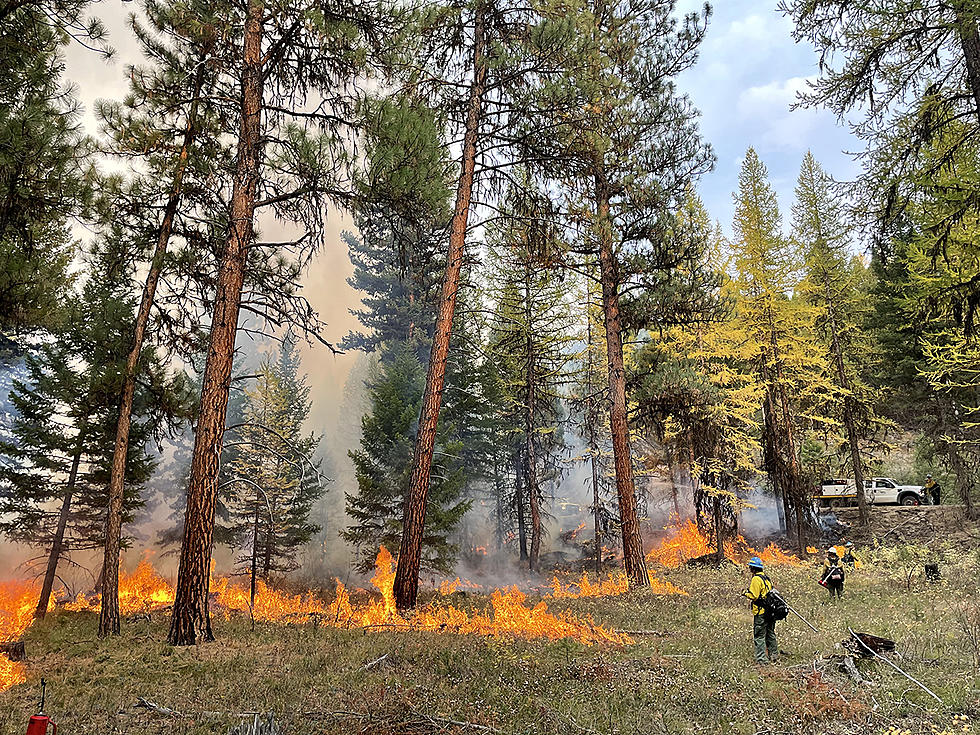
Judge Says Fire Retardant Violates Law, But Won’t Stop Its Use
A federal judge in Missoula says the use of fire retardant by the U.S. Forest Service to battle wildfires is violating rules to keep pollutants out of rivers, lakes, and streams.
But he's denying a request by environmental groups to block the practice, saying that "could conceivably result in great harm from wildfires" to human life, property, and the environment.
The new ruling from U.S. District Court Judge Dana Christensen is the latest turn in the long-running dispute over how the ingredients in fire retardants are a hazard to human health and the environment.

Last year, Forest Service Employees for Environmental Ethics became the latest group to challenge the agency's use of fire retardant. It's been a growing debate in recent years due to the surge of fire activity in Montana and other western states. The group, which is based in Oregon, had argued the Forest Service was violating the federal Clean Water Act, which requires the discharge of "pollutants" in navigable waters to be reviewed and permitted by the Environmental Protection Agency.
The suit involved hundreds of incidents between 2012 and 2019
FSEEE claimed there had been at least 459 cases where retardant had gotten into waterways in a seven-year period. USFS attorneys argued not all of those cases involved "navigable waters", saying the number was closer to 215.
However, Judge Christensen pointed out USFS conceded fire planes could be a "point source" for pollution and there was "no genuine dispute" there would be violations of the clean water law because specific permits hadn't been issued. The agency disputed whether retardant is a pollutant saying the current formulas involve "inorganic fertilizers" or ammonium phosphates, and magnesium chloride, which is an inorganic salt. USFS did say it could have "lethal and sub-lethal effects in aquatic species."
Judge sees "greater harm" in issuing an injunction
In the 15-page order, Christensen says while the injunction requested by FSEEE might allow the Forest Service to keep using retardant, it's "unclear how the agency would proceed or if the agency could completely avoid future CWA violations."
"The requested injunction could conceivably result in greater harm from wildfires—including to human life and property and to the environment—by preventing the USFS from effectively utilizing one of its fire fighting tools." -Judge Dana Christensen
Christensen also faulted the plaintiffs for not demonstrating that solutions like buffer zones along waterways would be effective, or how an injunction would be enforced.
He also noted the Forest Service has started to work on a general permit which may be issued in the next "two and a half years." Christensen said he wouldn't block the continued use of fire retardant, but ordered the Forest Service to keep updating him on the efforts to obtain permits every six months.
READ MORE: Interagency Wildland Fire Chemicals Policy
Top 20 Birds You'll See In Your Montana Backyard
More From Montana Talks









